
In the market mechanism, people can have all their needs for available goods met without spending much time and effort to make the product. This is an issue that directly affects the sustainable development of traditional handicraft heritage such as shoe embroidery of the Xa Phang people and blacksmithing of the Mong people. The Xa Phang people live in villages, following their clans in the districts of Muong Cha, Tua Chua, Nam Po... preserving and conserving many traditional, unique and distinctive cultural features in their daily work and activities, of which the embroidery shoe making is a typical example. The embroidery shoe making of the Xa Phang people is practiced and passed down in families and communities, not only teaching knowledge and professional skills but also containing profound humanistic messages about the positive, hard-working, patient and persistent lifestyle of the Xa Phang people. That helps the Xa Phang people's shoe-embroidering heritage to be preserved, conserved and positively impact the education of the younger generation, contributing to community cohesion. To make a pair of embroidered shoes, Xa Phang women must prepare materials, choose the appropriate shoe style for the user to cut the sole, create patterns and embroider. To complete a pair of embroidered shoes, Xa Phang women must work from 10 to 12 days. Meanwhile, with the current market mechanism, buying a pair of shoes or sandals is too simple and can easily change the style and type depending on the environment of contact and use.

Similarly, the Mong people's blacksmithing is a long-standing traditional craft passed down through many generations, making hoes, knives, sickles, plowshares... associated with the production activities of the people in the highlands. The Mong people often live on high mountain slopes, cultivating on small, narrow terraced fields, and sloping land, so they have to use buffaloes and cows to plow the land, and cannot use machines. The plowshares and hoes made from a red-hot forge are both hard and flexible, ensuring good soil turning, suitable for the farming terrain. The blacksmithing profession requires the craftsman to have health, dexterity, perseverance and creativity to produce sophisticated products that are both valuable as utensils and express the unique traditional cultural identity of the Mong people. However, now that modern casting and forging technology has been widely applied, readily available items are sold in the market, the manual blacksmithing profession is limited to the self-sufficiency of common labor tools in each family. This is also the pressure to preserve, maintain and pass on the intangible cultural heritage of the Mong people's blacksmithing profession.
The shoe embroidery craft of the Xa Phang people or the blacksmith craft of the Mong people are just two intangible cultural heritages that are under pressure to be preserved and maintained in the province today. Dien Bien has 19 ethnic groups living together; each ethnic group has its own traditional cultural identity, from costumes, architecture, customs, beliefs... creating richness and diversity in the colorful picture of ethnic groups. Preserving and promoting the value of cultural heritages is a practical activity towards building a culture with strong identity. However, the impact of the market mechanism is posing many challenges for the preservation of Dien Bien's cultural heritage.

Ethnic costumes are elaborately handcrafted with unique patterns to identify the ethnic group, but have now been lost and gradually lost. People do not spend much time on traditional crafts; daily costumes and working tools are available at the market. Cultural space also changes the practice of cultural heritage, creating an imbalance between conservation and development. For example, the traditional house architecture of the White Thai people in Muong Lay when implementing resettlement for the Son La hydropower plant no longer has many stone-roofed stilt houses; many community customs and practices are not maintained.
One challenge in preserving and maintaining cultural heritage is the continuation, use and transmission of traditional culture to the younger generation when the younger generation is less interested in learning, inheriting and promoting the traditional culture of the nation. The development of modern audiovisual media attracts young people to learn and use rather than to learn about traditional culture. In addition, there is a lack of appropriate remuneration policies and regimes for artisans to motivate them to promote their role in preserving and transmitting cultural heritage.
Dien Bien has a rich cultural heritage system, but the work of preserving cultural heritage is facing many challenges. To preserve, maintain and promote the traditional cultural heritage that many generations have created and passed on, creating a driving force for economic development, it requires the joint efforts and solidarity of the ethnic communities through practical and appropriate actions.
Source







![[Photo] Closing ceremony of the 18th Congress of Hanoi Party Committee](https://vphoto.vietnam.vn/thumb/1200x675/vietnam/resource/IMAGE/2025/10/17/1760704850107_ndo_br_1-jpg.webp)


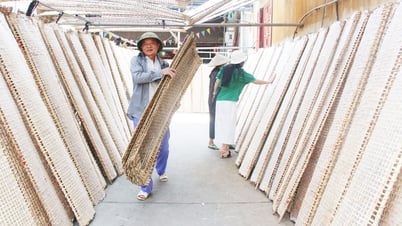
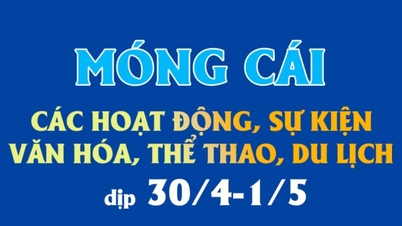
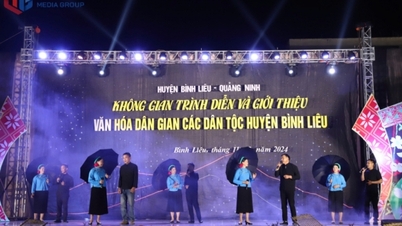

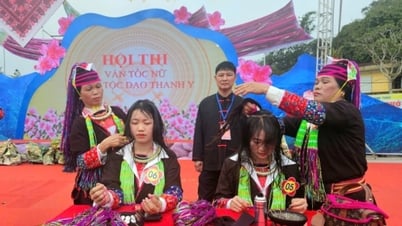
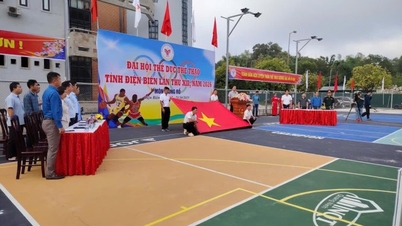
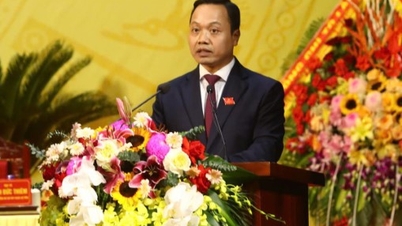









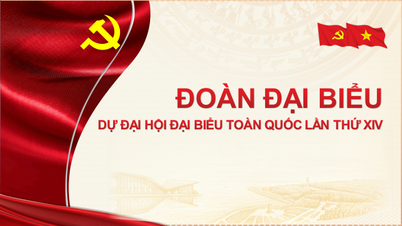


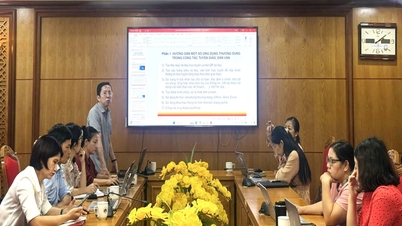


![[Photo] Nhan Dan Newspaper launches “Fatherland in the Heart: The Concert Film”](https://vphoto.vietnam.vn/thumb/1200x675/vietnam/resource/IMAGE/2025/10/16/1760622132545_thiet-ke-chua-co-ten-36-png.webp)


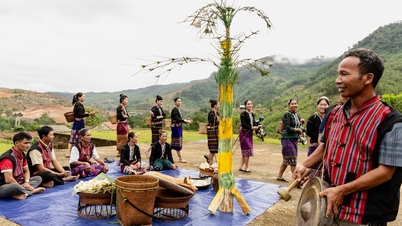



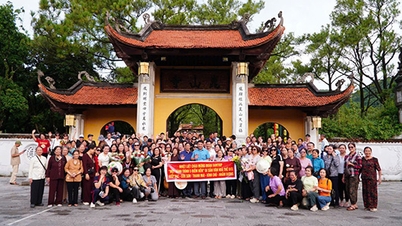
















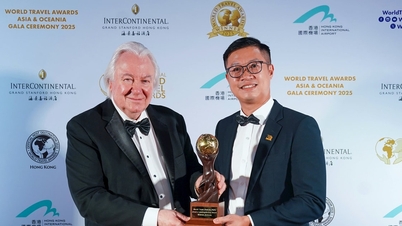











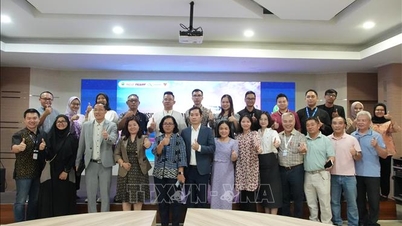

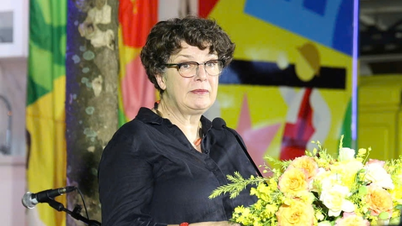

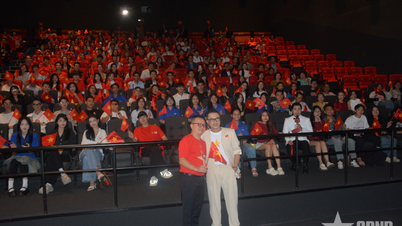



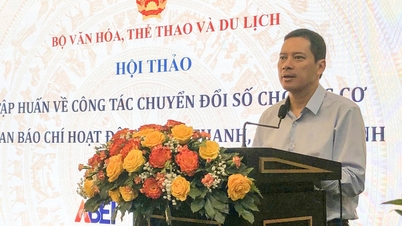


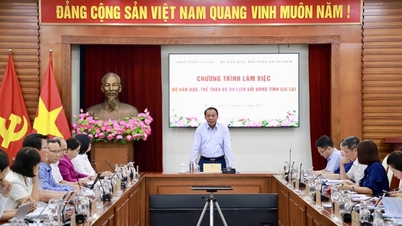

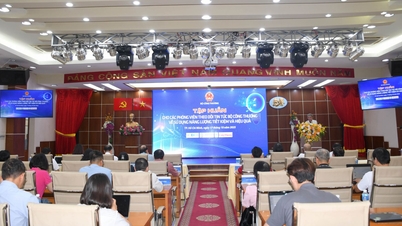



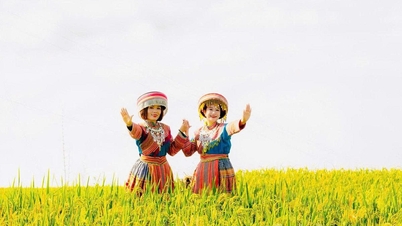


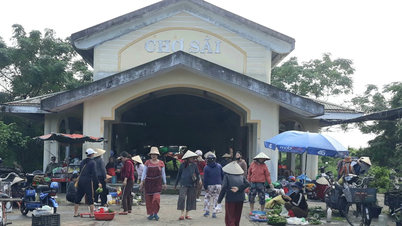

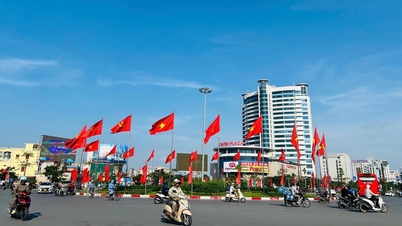

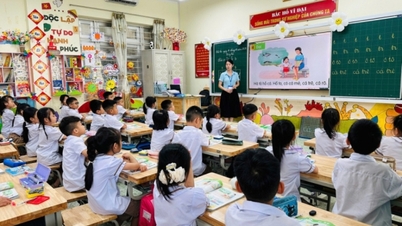

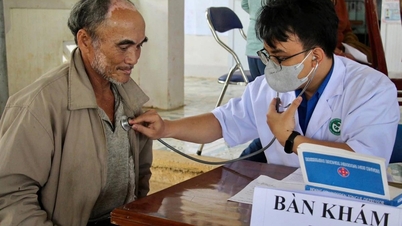














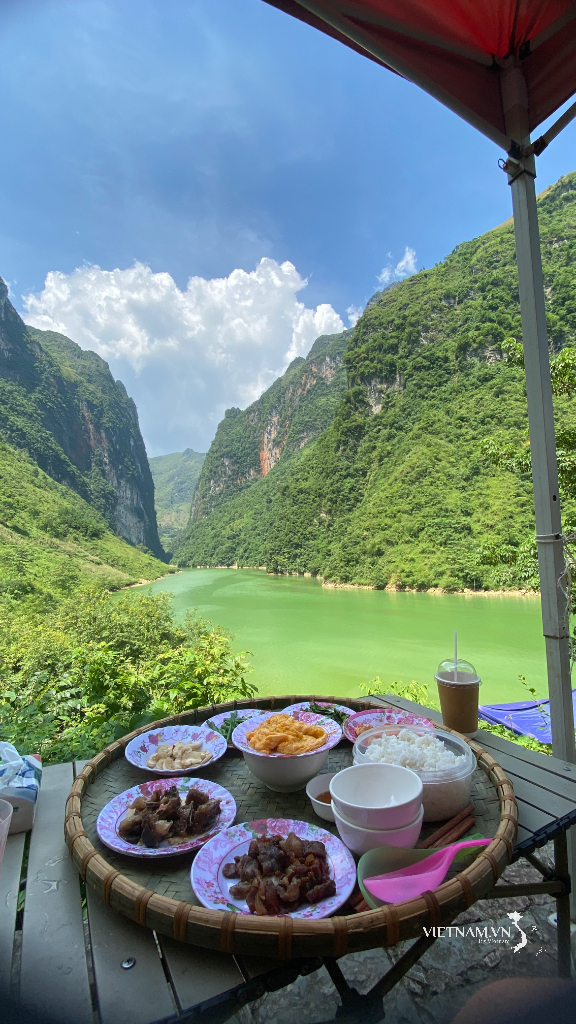
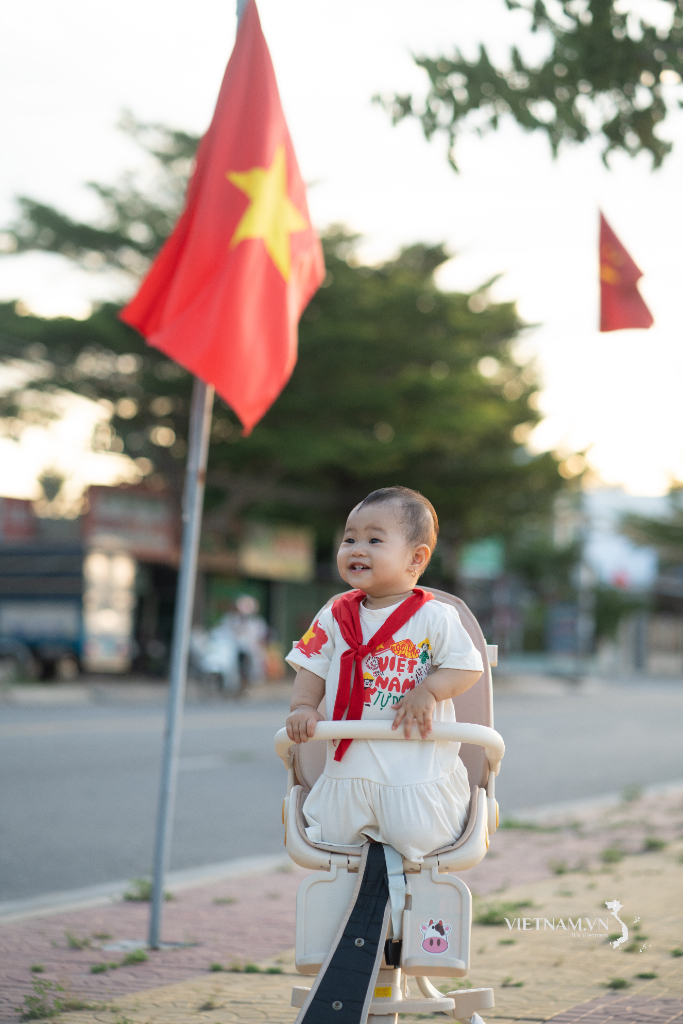
Comment (0)